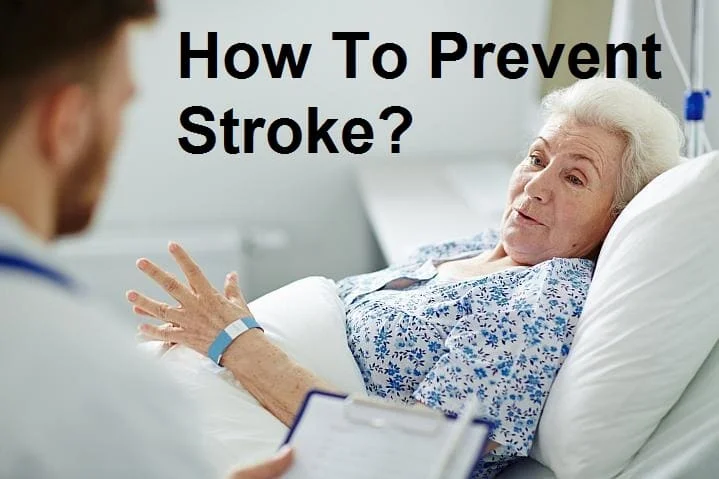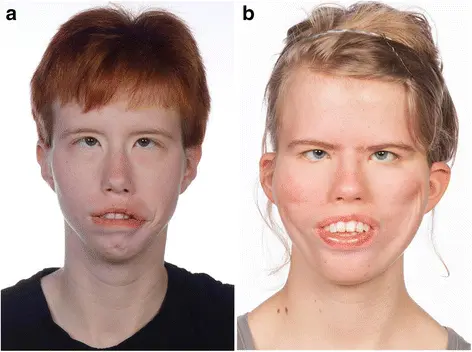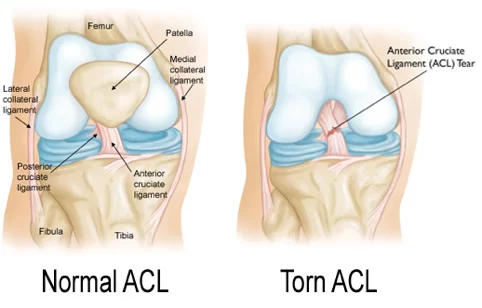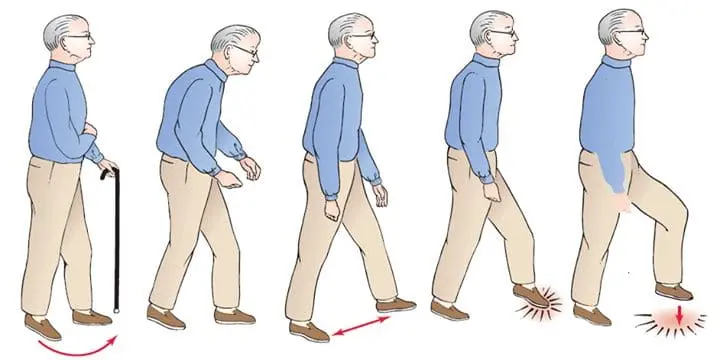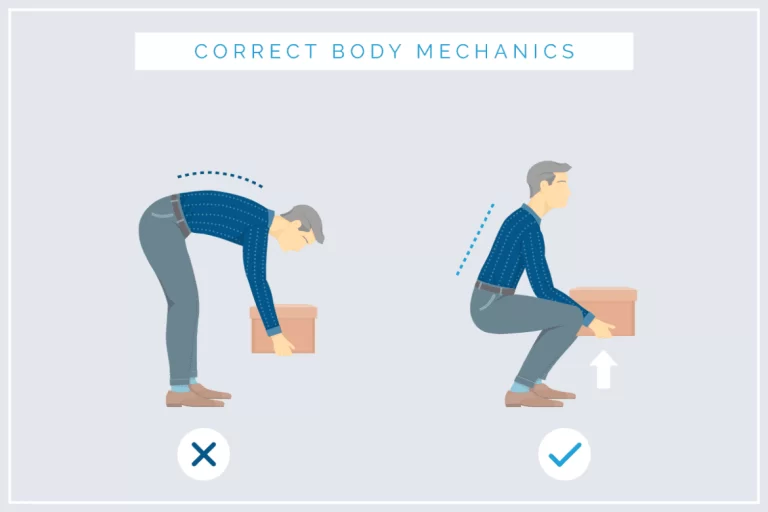How To Prevent Stroke?
Preventing strokes involves adopting a combination of lifestyle changes and managing risk factors. A stroke occurs when blood flow to the brain is interrupted, either by a blockage (ischemic stroke) or bleeding (hemorrhagic stroke).
Several key strategies can significantly reduce the risk of stroke, including maintaining a healthy lifestyle, managing medical conditions, and making informed choices about diet and physical activity. This introduction provides a glimpse into the multifaceted approach needed to prevent strokes, emphasizing the importance of proactive measures to safeguard vascular health and overall well-being.
What is a Stroke?
A stroke is sometimes called a brain attack. A stroke occurs when blood flow to part of the brain is blocked or when a blood vessel bursts, which can damage or kill brain cells.
Stroke is the most common cause of death and long-term disability in adults. It can also cause brain damage.
A stroke can cause long-term problems, such as:
- Memory problems or problems thinking and speaking
- Visual problems
- Problems with walking or maintaining balance
- Paralysis (unable to move certain parts of the body) and muscle weakness
- Problems controlling or expressing emotions
- Problems with chewing and swallowing
- Problems controlling going to the bathroom
A stroke usually happens suddenly. But it can also happen within hours or even days.
What are the signs of a stroke?
Signs of stroke include:
- Sudden dizziness, loss of balance, or difficulty walking time
- Sudden confusion, difficulty speaking, or difficulty understanding what people are saying
- Sudden loss of eye vision in one or both eyes
- Sudden numbness or weakness in the face area, arms, or legs, especially on one side of the body
- Sudden, severe head pain with no known cause A stroke is a medical emergency.
Diagnosis
A stroke is usually diagnosed through physical tests and brain scans.
When you first arrive at the hospital with a suspected stroke, your doctor will want to know as much as possible about your symptoms.
Several tests can be done to confirm the diagnosis and determine the cause of the stroke disease.
These may include:
Brain scan
Even if the physical symptoms of a stroke are obvious, a brain scan should also be done:
- if the stroke has been caused by a blocked artery (ischaemic stroke) or burst blood vessel (hemorrhagic stroke)
- which part of the brain area has been affected
- how severe the stroke is
An early brain scan is especially important for patients who:
- medicines that remove blood clots (thrombolysis) such as alteplase or early anticoagulant therapy may be useful.
- already receiving anticoagulant treatment
- they have a lower level of consciousness problem
A stroke is therefore a medical emergency and if you suspect a stroke call 999 – there is no time to wait for a GP appointment. The two main types of scans used to evaluate stroke in people who have had a stroke are:
- CT scan
- MRI scan
CT scans
- A CT scan is like an X-ray, but it uses multiple images to create a more detailed three-dimensional picture of your brain so your doctor can identify problem areas.
- During the scan, you may be injected with a special dye that is injected into one of the veins in your arm to improve the clarity of the CT scan image and look at the blood vessels that supply the brain area.
- If a stroke is suspected, a CT scan can usually show whether you’ve had an ischemic stroke or a bleed.
- This is usually quicker than an MRI scan and may mean you get appropriate treatment sooner.
MRI scans
- An MRI scan uses a strong magnetic field and radio waves to get a detailed picture of the inside of your body. It is usually used in people with complex symptoms where the extent or location of the lesion is unknown.
- It is also used in people who have recovered from a transient ischemic attack (TIA).
- An MRI scan shows brain tissue in more detail, allowing smaller or more unusually located areas affected by a stroke to be identified.
- As with a CT scan, a special dye can be used to enhance the images on an MRI scan.
Swallow tests
- A swallow test is necessary for anyone who has had a stroke because swallowing is often impaired immediately after a stroke. If a person is unable to swallow properly, there is a risk of food and drink entering the trachea and lungs, which can cause inflammation of the chest, such as pneumonia. This is called aspiration.
- The test is simple. The person is given 3 to 5 teaspoons of water to drink. If they can swallow it without choking and coughing, they are asked to swallow half a glass of water.
- If they have any difficulty swallowing activity, they’ll be referred to a speech therapist and language therapist for a more detailed assessment.
- Generally will not be allowed to eat or drink normally until they have seen the therapist.
- Fluids or nutrients may need to be given directly into a vein in the arm area (intravenously) or through a tube that’s inserted through the nose and down into the stomach area.
Heart and blood vessel tests
- Further tests on the heart and blood vessels might be done later to confirm what caused your stroke disease.
Carotid ultrasound
- A carotid ultrasound scan can help to show if there is a narrowing or blockage in the neck arteries leading to your brain. An ultrasound scan involves using a small transducer (probe) to send high-frequency sound waves into the body.
- When these sound waves bounce off, they can be used to create an image of the inside of your body.
- If a carotid ultrasound is needed, it should be done within 48 hours.
Echocardiography
- An echocardiogram takes pictures of your heart to check for stroke-related problems.
- This usually means moving the ultrasound probe across the chest (transthoracic echo). Another type of electrocardiography called transesophageal electrocardiography (TOE) may sometimes be used.
- An ultrasound probe is inserted into the esophagus, usually under sedation.
- Because it allows the probe to be placed directly behind the heart, it provides a clear picture of blood clots and other abnormalities that may not be visible on a chest ultrasound.
How To Prevent Stroke?
Here are some ways to start managing your risk today to prevent stroke before it happens.
- Lower blood pressure
High blood pressure is a huge factor that doubles or even quadruples the risk of stroke if left unchecked. High blood pressure is the biggest risk factor for stroke in both men and women. Monitoring your blood pressure, and treating it when it’s elevated, is probably the biggest change people can make to their blood health.
The patient goal: The ideal goal is to keep the patient’s blood pressure below 120/80. But there may be good reasons why you and your doctor don’t want your readings to be that low. For some, a less aggressive goal (for example, no more than 140/90) may be more appropriate.
How to achieve this:
Reduce the amount of salt in your diet to no more than 1,500 milligrams per day (about half a teaspoon). Avoid foods high in cholesterol such as hamburgers, cheese, and ice cream. Eat 4 to 5 cups of fruits and vegetables each day, one serving of fish two to three times a week, and several servings of whole grains and low-fat dairy products. Exercise more – at least 30 minutes a day and more if possible. Stop smoking if you smoke. Take blood pressure medication if needed.
2. Lose weight
Obesity and related complications (including high blood pressure and diabetes) increase the likelihood of stroke. If you are overweight, losing even 10 pounds can have a big impact on your stroke.
The patient goal: An ideal body mass index (BMI) of 25 or less may not be realistic for you. Create a personalized weight loss strategy with your doctor.
How to achieve this:
Try to eat no more than 1,500 to 2,000 calories per day (depending on your activity level and current BMI). Increase your activity by walking, playing golf or tennis, for example, and make exercise a part of each day.
3. Exercise more
Exercise promotes weight loss and blood pressure, but also acts as an independent stroke reducer.
The patient goal: Exercise at a moderate intensity at least 5 to 7 days a week.
How to achieve this:
Take a walk around the patient’s neighborhood every morning after breakfast. Start a sports club with friends. As you practice, get to the point where you can barely breathe but still be able to speak. Use the stairs instead of the elevator if the patient can use them. If you don’t have 30 minutes to exercise, break it up into 10-15 minutes a few times a day.
4. If the patient drinks alcohol – do so in moderation.
Drinking a little alcohol, say one drink a day on average, is fine. Once you start drinking more than two servings a day, your risk increases very dramatically.
The patient goal: don’t drink alcohol and do it in moderation.
How to achieve this:
Do not alcohol drink more than one glass of alcohol per day. Consider red wine as a first choice, which some studies suggest may help prevent heart disease and stroke. Watch your portions. A typical drink is a 5-ounce glass of wine, a 12-ounce glass of beer, or a 1.5-ounce glass of spirits.
5. Treat atrial fibrillation
Atrial fibrillation is a form of irregular heartbeat that causes blood clots to form in the heart. These clots can then travel to the brain area, causing a stroke. Atrial fibrillation is associated with an almost fivefold increased risk of stroke and should be taken seriously.
The patient goal: If you have atrial fibrillation, treat it.
How to achieve this:
If you have palpitations or shortness of breath, contact your doctor for tests. To reduce the risk of stroke caused by atrial fibrillation, you may need to take an anticoagulant (blood thinner), such as a direct-acting anticoagulant. the patient’s doctors can guide you through this treatment.
6. Treats diabetes
High blood sugar damages blood vessels over time, making them more likely to form clots.
The patient goal: keep your blood sugar under control.
How to achieve this:
Check your blood sugar according to the patient’s doctor’s instructions. Use diet, exercise, and medication to keep your blood sugar in the recommended range.
7. Quit smoking
Smoking accelerates the formation of blood clots in a number of different ways. It thickens your blood and increases the buildup of plaque in your arteries. Along with a healthy diet and regular exercise, quitting smoking is one of the most effective lifestyle changes that can significantly reduce the risk of stroke.
The patient goal: quit smoking.
How to achieve this:
Ask your doctor for advice on the most appropriate way to quit smoking. Use smoking cessation aids such as nicotine patches or patches, advice, or medication. Don’t give up. Most smokers need several attempts to quit smoking. Experience each trial as a step closer to successfully beating the habit.
8. Managing underlying conditions
If a patient has been diagnosed with a condition known to increase the patient’s risk of stroke, ensuring the condition is well controlled is also important for helping prevent strokes.
Making the patient lifestyle changes described on this page can help control these conditions to a large degree, but you may also need to take regular medicine.
For more information, see:
treating atrial fibrillation
treating high blood pressure
medicines for high cholesterol
type one diabetes and treating type two diabetes
treating transient ischaemic attacks (TIA)
FAQ
What is the best prevention for stroke?
Choose healthy foods and drinks. Choosing healthy food and snack options can help patients prevent stroke.
Keep a healthy weight.
Get regular physical activity.
Don’t smoke.
Limit alcohol.
Check cholesterol.
Control blood pressure.
Control diabetes.
What are 6 foods that prevent a stroke?
Mediterranean diet
Fruits (at least 5 servings a day)
Healthy fats such as fatty fish or shellfish, nuts, seeds, avocado, and extra virgin olive oil.
Beans and other vegetables.
Vegetables (at least 3 servings a day)
Whole grains like quinoa.
What 5 things can prevent a stroke?
These are the most important steps you can take to reduce your risk of stroke:
Keep your blood pressure in the normal range of criteria.
If you smoke, stop.
Keep the patient blood sugar (glucose) in a normal range of criteria.
If you have heart disease, seek treatment.
Keep your cholesterol in the normal range. Stay at a healthy weight.
Activate.
How can I prevent strokes at home by exercising?
Do activities that raise your heart rate. Try to get at least 2.5 hours of moderate to vigorous exercise per week. One way to do this is to be active for 30 minutes a day, at least 5 days a week. It’s good to be active in at least 10-minute intervals throughout the day and week.
Can walking prevent stroke?
Do activities that raise your heart rate. Try to get at least 2.5 hours of moderate to vigorous exercise per week. One way to do this is to be active for 30 minutes daily, at least 5 days a week. It’s good to be active at least 10-minute intervals throughout the day and week.
Reference
- 7 things you can do to prevent a stroke. (2022, May 15). Harvard Health.https://www.health.harvard.edu/womens-health/8-things-you-can-do-to-prevent-a-stroke
- Website, N. (2023, October 30). Prevention. nhs. UK. https://www.nhs.uk/conditions/stroke/prevention/
- Reduce Your Risk of Stroke – MyHealthfinder | health.gov. (2021, December 1). https://health.gov/myhealthfinder/health-conditions/heart-health/reduce-your-risk-stroke

